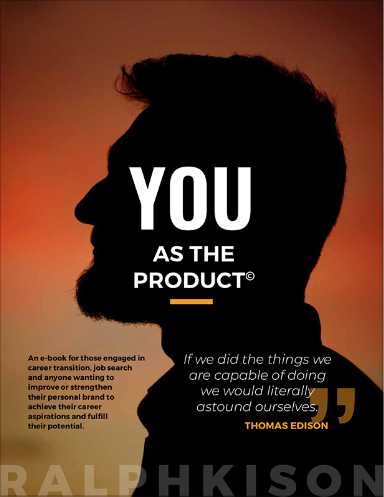In my last blog I stated that being a lifelong learner and student is essential not only for success but to remain relevant. In this blog I will focus on what can be done to create a corporate learning culture.
Companies committed to becoming knowledge-based, learning organizations, create a culture that not only supports, but expects employees to be perpetual learners. These firms also implement systems that constantly measure and re-evaluate progress and achievement.
High-impact learning organizations focus on improving performance through training as well as other talent initiatives. These L&D functions help to build the necessary human capabilities within their organizations to meet business goals and respond to change.
Source: The Corporate Learning Factbook 2013, Bersin by Deloitte
Organizations must communicate the importance of ongoing learning and development to eliminate internal resistance and a “flavor of the month” mindset. A corporate culture of learning creates an environment that empowers and enables employees to set their own targets for growth and development. My experience shows that the most effective way to assist employees in their development is to work for a manger or a leader that makes this their personal mantra. It is virtually impossible to expect an employee to make the time to include personal development in their schedule or make the sacrifices to grow if their manager is not leading by example.
Encourage diversity on learning activities. The greatest breakthroughs and innovation often come from unrelated studies or activities that take people out of their comfort zone and challenge personal assumptions and engrained attitudes creating a fresh perspective and space to improve and grow.
Factors relating to creating a lifelong learning environment:
- Determine knowledge or skill trends within your industry and assess the skill or competence levels of your employees against the knowledge they will require.
- Identify specific skills or knowledge your employees require to be at the leading edge of the change and innovation.
- Assess global trends or changes that will impact your business in the next one to three years as priority areas for development
- Identify skills or knowledge your employees will require to acquire to stay competitive, at minimum, and those required to provide a competitive and leadership advantage.
- Think beyond technical ability and develop their soft skills such communication, relationship building and leadership skills.
- Encourage employees to learn a second language if your business is growing internationally.
- Create a corporate university or learning labs where employees can innovate and collaborate in creative ways with colleagues.
- Create a corporate culture that encourages and expects growth and learning and is endorsed at the highest levels of the organization.
- Allocate the appropriate budgets to support and learning and development programs
The “glue” that unities all efforts and creates the results is mentoring and coaching. Ram Charan, in his book Leaders At All Levels, advocates an apprenticeship model for developing future leaders. He states by identifying an employee’s core strengths and abilities, and then by expanding the scope and complexity of their jobs, while staying focused in their core, concentric learning takes place. This growth is what he refers to as the apprenticeship model. His model works most effectively when senior managers and leaders become teachers and coaches that not only encourage lifelong learning but also become active participants in the process with their employees. To view the book summary go to http://leadershiphq.files.wordpress.com/2011/01/leaders-at-all-levels.pdf
“No one learns as much about a subject as one who is forced to teach it.” – Peter F. Drucker


Recent Comments